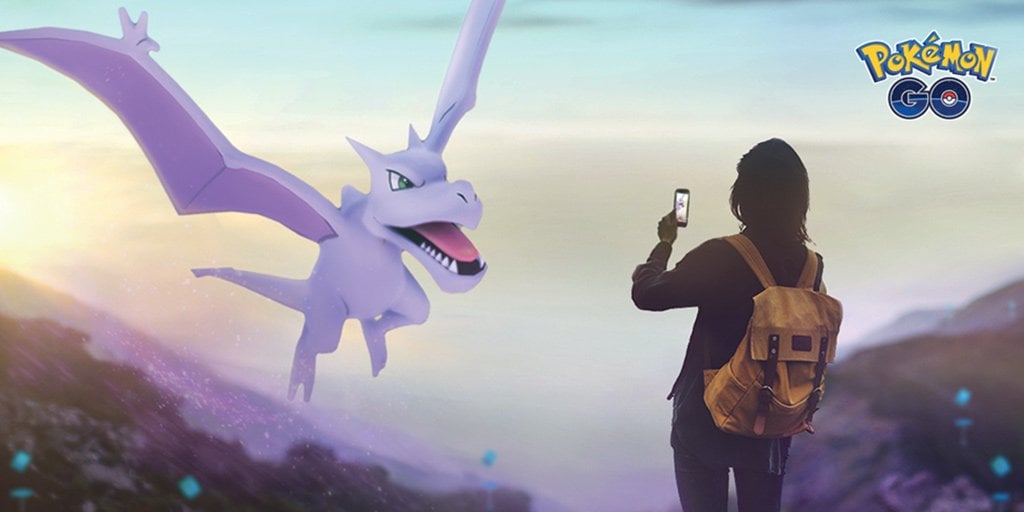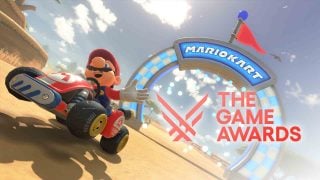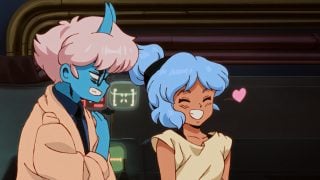It’s been the longtime dream of many a child and adult to see their favorite game worlds come to life. There are some exceptions, of course (something tells me most wouldn’t survive in the subterrain of Zebes), but to have vicarious fantasies become real is a desire that fuels many a fan. It’s practically the entire wish that VR is substantiated upon – and we’re on the cusp of making those dreams a reality.
Of all the myriad game worlds out there, few are fantasized as much as Pokémon. The wish that Pokémon existed across the globe is something I remember having myself when I was but a toddler, and one that fueled many playground fantasies. So when it was announced in late 2015 that there would be an augmented reality Pokémon game for mobile phones… well, the reaction was ecstatic, to say the least.
The promises and potential of Pokémon GO were astronomical. It had the chance to be one of the hallmarks of the age, a shining example of new potential within the game sphere and an ideal form of wish fulfillment. And yet, a year later, the game’s popularity has waned, and scorn for it has grown. Why?
Those glorious first two weeks
I was on vacation in San Francisco when Pokémon GO began dropping across time zones. The initial rollout was a bit odd – Japan getting the game a week later than certain European countries, for example – but it allowed excitement to creep throughout the world. I didn’t really sink my teeth into the game until I got back home to Reno, where my brother and I took long walks in the afternoons and evenings to catch Pokémon. And for those first few jaunts, it was wonderful.

The sense of excitement upon seeing a new Pokémon on the radar, finding which of my local neighborhood spots were PokéStops and getting some much needed exercise… it was an experience not like any game I had experienced before. It wasn’t exactly gripping, and it was difficult to connect to the servers (we’ll touch on these topics in a moment), but it was what we all had wanted since we were kids – to go out into the world and catch some Pokémon.
And when we did, we found other people – kids and teens and adults alike – all doing the same thing. We talked about the Ekans we saw just down the road or where to restock on Poké Balls, and shared in the experience. Online videos circulated of droves of people playing the game in tandem, stampeding down Santa Monica Pier upon the announcement that there were rare ‘mons in sight.
GO was a bona fide cultural phenomenon. It thrust Pokémon back into the mainstream public eye for the first time in almost two decades. News reports were spun about its popularity. Cranky old people made comics about how it was enslaving today’s youth. Politicians cracked remarks about Pokémon GO-ing to the polls. The House that Pikachu Built was back! Niantic and co. were making money hand over fist! The game was hotter than The Beatles – and, by transitive property, also Jesus!
What could possibly go wrong? Or, more accurately, what was wrong from the start?
A dearth of disconnections
First, we have to acknowledge the fact that Niantic simply wasn’t prepared for the onslaught of players when the game released. On a certain level they can’t be criticized too harshly – it was suspected that GO would be popular, but the levels it reached were likely not what they expected. But to have their traffic estimates be 50 times less than what they actually were was a bit shortsighted – or perhaps a sign that the game was rushed out the door.
This wasn’t the only issue the game presented, of course. The initial “three-steps” tracking system was confusing and rather unintuitive, only offering a vague idea of whether you were getting close to a nearby Pokémon or not. After a couple weeks of mild frustration from players, Niantic’s solution was to… remove the tracking system altogether, leaving the playerbase with no way to track Pokémon. This change was greeted with utmost aplomb and goodwill! …Or rather, the exact opposite of that.
But as server issues persisted and Niantic remained silent when players asked for any sort of information, the reality of the matter finally hit – Pokémon GO was simply not a very good game. Catching Pokémon was rudimentary and quickly grew stale; the selection was limited; battles were limited to bland Gym Battles; there was no trading; and perhaps most damningly, the game lacked any of the charm and personality the series was known for. The UI, while clean, lacked vivaciousness, and the Pokémon themselves felt simplistic and without character.
These were all issues that needed addressing. If acted upon, the game’s popularity could continue, and the experience sharpened and improved.
Static experiences
According to data collated by comScore, GO reached its highest concurrent player count on July 15th, 2016, where over 28 million people played the game at once. A month later it had waned to around 15 million, where it continued to decline. Around October, it evened out at 5 million. While it received an uptick after the release of Generation II Pokémon earlier this year, it quickly sunk back to that 5 million average. The recent overhaul of gyms and inclusion of raid battles are also substantial additions, but even that hasn’t salvaged the game’s numbers.

The decline wasn’t merely due to Niantic’s fiddling with the tracking system, the server issues or the game’s inherent design flaws. Almost no updates were added to the game for months, and even when they were the additions were often not the most hotly requested ideas (such as corporate-sponsored PokéStops). While some seasonal events did occur, their very nature was so banal that they did little to attract attention. There have been only two real substantial updates to the game – Gen II Pokémon and gym overhauls/raid battles, which are both fine, but not nearly worth the months of waiting in between.
To contrast, look at Nintendo’s very own Fire Emblem Heroes – a game that has received regular content updates every week or so since its February release. They’re not always the most substantial, but the flow of content is steady and there’s been plenty to digest as time has passed. What’s more is that many of the game’s additions are a response to player feedback – it’s very clear that the developers are listening to the community’s criticisms and offering solutions, which has built a healthy and trusting fanbase. Heroes has received more updates in a few months – maybe even a few weeks – than Pokémon GO got in an entire year.
What happened?
We’re left with a simple question at the end of the day. Why did Niantic drop the ball – or more accurately, hurl the ball full force into a volcano crater, where upon it erupted in a fiery blaze of disappointment? Was it greed? Sloth? Pride? Or were they a victim of circumstance, a company who sought to fulfill the dreams of the masses but fell victim to hubris and corporate finagling?

While there’s nothing that can really substantiate any particular argument beyond speculation, I’d figure it’s a mix. It’s easy to imagine that Niantic was overwhelmed by the unexpected popularity and success the game had, just as it’s easy to imagine them diving in a Scrooge McDuck money pit while waving dismissively at fan complaints. It’s easy to imagine them coasting by on revenue while half-heartedly working on updates, just as it’s easy to imagine them stuck in a permission process with Nintendo, Game Freak, and The Pokémon Company over what they could do. We may know the truth someday, but for the moment, all we have is guessing.
The rise and fall of Pokémon GO is a lesson in both the power of a good idea and what’s required to retain public attention in an age where media is faster, louder, and more short-lived than ever. I and many others are still awaiting the day that we can gallivant about with Charizards and Mewtwos, showing off our prized pets to those in sight. I thought that day had come a year ago, and that Pokémon GO was the dream we all had dreamed. It’s a shame that it wasn’t.
Leave a Comment

